Inventory of six major digital asset wealth management models: the dual currency wealth management yields the highest, and the exchange Staking has the strongest liquidity
The FCoin event involves a huge amount of money, a large number of direct / indirect damages, FCoin is extremely well-known, and because FCoin is closed directly and there is no room for buffering, the impact of the FCoin event is enormous.
Affected by this, investors have new thoughts on whether the centralized platform is secure, how to store digital assets, and how to balance the return and security of wealth management.
After the FCoin incident, there is no doubt that investors will be more inclined to head exchanges in the choice of exchanges, and at the same time, the choice of financial management methods will be different from before.
Financial management is just needed both in traditional finance and in the blockchain industry, and people will no longer manage money because of a financial management thunderstorm.
- The institutional change of crypto assets: ebb and flow, the new decade of the crypto world begins in 2020
- Has EOS bribery become the norm, or even a business model?
- Babbitt Exclusive | Staking + DeFi + DAO, the rough collision of complex transactions and simple governance
Due to factors such as risk appetite and risk control capabilities, individual users are more likely to have problems. Large institutions are not uncommon in stepping on mines. Noah Fortune, a well-known domestic third-party wealth management platform, stepped on RMB 3.4 billion in mines last year.
Therefore, it is very important to choose a reliable financial management channel, which often determines the success or failure of financial management behavior.
Today, I am going to sort out the mainstream financial management model for the reference of young people.
According to the source of income, the wealth management products in the industry can be roughly divided into six categories: staking, exchange leveraged lending, C2C lending, DeFi lending, quantitative hedging, and dual currency wealth management.
I. Staking
Staking has been very popular in recent years. Staking refers to the behavior of users becoming node service providers or entrusting tokens to node service providers to obtain system rewards. The rewards are mainly block rewards.
Staking is a relatively high-security behavior. Unless the system has major loopholes, or the trusted node service provider is not reliable, the system will execute the penalty for deducting coins. Generally, users will not lose the principal and can obtain a relatively stable token. income.
The source of Staking's income is the inflation of the ecology itself. The incentives generated by inflation are distributed to users who participate in Staking. Users who do not participate in Staking will bear the inflation losses, so long-term currency holders generally perform Staking.
The higher the return rate of Staking, the higher the inflation rate of the system, and the Token generated by inflation will be part of the secondary market selling pressure, so Staking is to lock the chips with income, stabilize the token price, and exchange for development time.
There is a dedicated node service provider in the Staking field, which provides node services for many different projects. Users entrust the token to the node service provider, and there is no need to perform other operations. It is a more convenient financial management behavior. The more important participants are HashQuark.
Another trend is that more and more exchanges incorporate Staking into their own service system. As long as users deposit coins in the exchange, they can automatically obtain Staking income. This behavior of the exchange has enabled Staking to gain rapid popularity, and it is prominently represented by Binance.
Wallets are naturally suitable for wealth management business. Naturally, wallets have not given up this opportunity. Cobo, Wetez and other wallets have long worked in the Staking business to provide users with Staking-based wealth management products.
1.Exchange Staking
In addition to Binance, many exchanges have joined the camp that incorporates Staking into their own service systems, such as MXC, KuCoin, Bibox, etc. The addition of exchanges has made Staking more popular and may become the standard for exchanges in the future. At present, exchange competition is becoming fierce, and every improvement of user experience is worth doing by the exchange.
In addition to the current Staking that can be withdrawn at any time, some exchanges have also developed regular financial products based on Staking. Current products require a certain amount of reserves to provide liquidity, which cannot maximize returns, and regular products do not need liquidity reserves, so regular products have higher returns than current products.
The regular wealth management products provided by some exchanges are nominally based on staking, but in fact they only cooperate with the project party to lock in liquidity. The project party grants subsidies, and the exchange releases regular wealth management products to attract users to manage wealth and help the project party lock in liquidity. This is also good to judge. It only needs a simple search to determine whether its consensus mechanism is PoS or DPoS. Generally speaking, PoS and DPoS are the main consensus mechanisms for staking.
Simply listing some exchange Staking comparison charts, you can intuitively understand which tokens are supported by different exchanges, and how the yield is.
The staking yield of KuCoin in the chart below changes in real time.
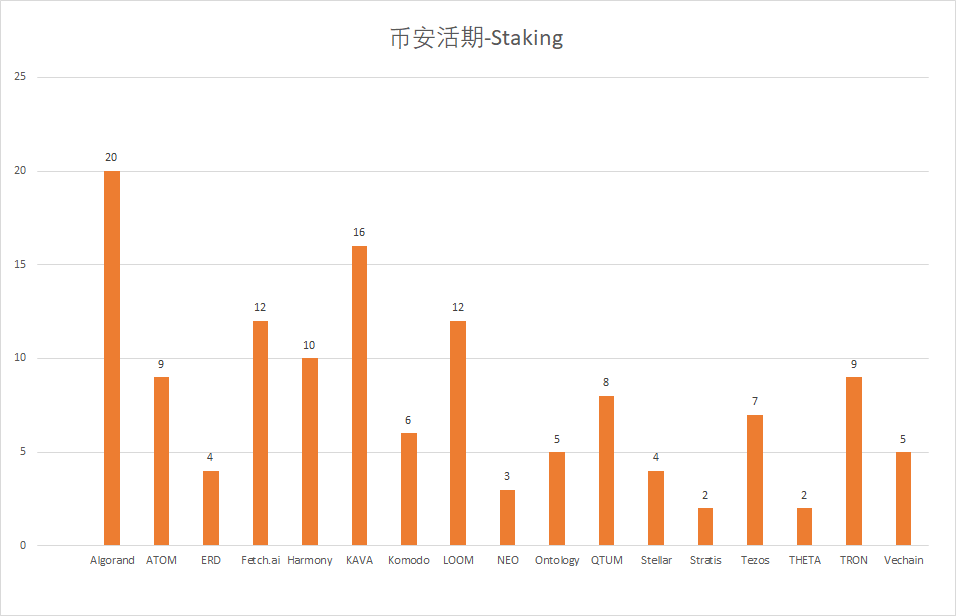



2.Wallet Staking
Cobo, Wetez and other wallets are professional players in the Staking field. They provide users with a wealth of Staking products. The wallet itself is naturally suitable for wealth management. It is not difficult for the wallet to become a node. Therefore, the Staking business wallets are also flourishing.
Wetez requires users to perform voting operations in the wallet, which is not the same as Cobo's proxy model. Users in Cobo wallets can directly obtain wealth from staking by purchasing wealth management products.
The blue prism in the chart below represents the lock-in period. No blue prism indicates a live product. The orange prism represents the yield.
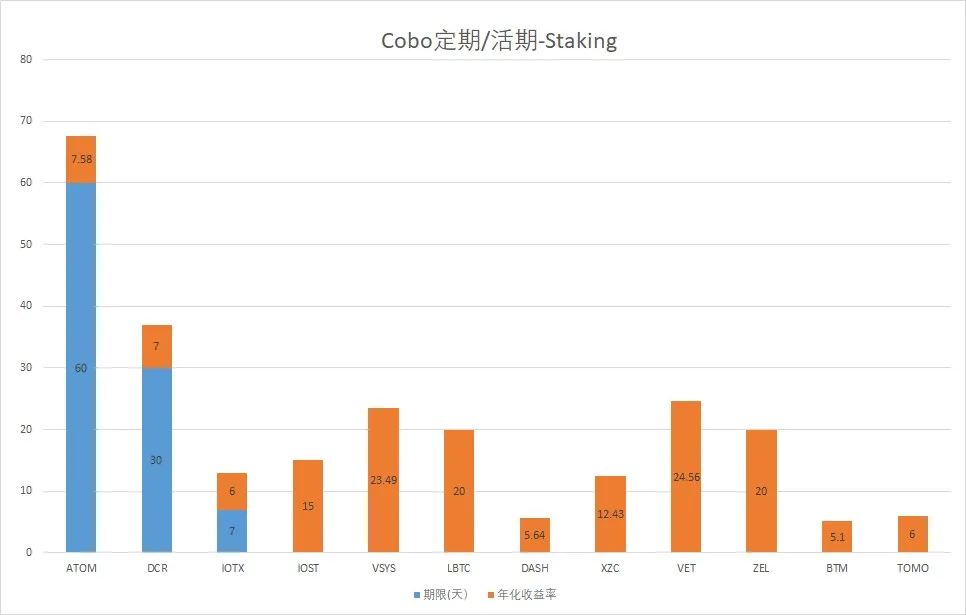
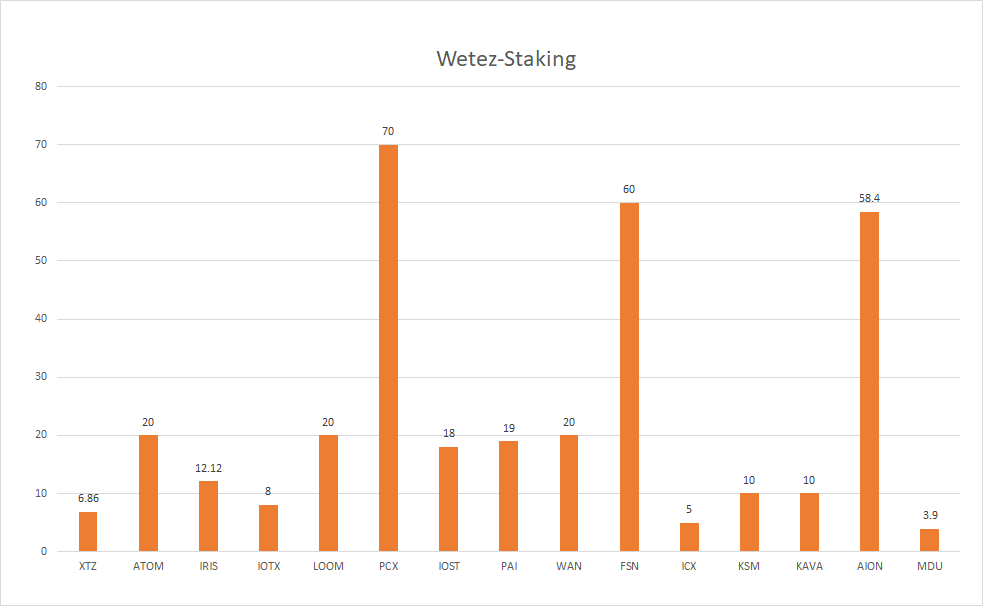
3.Professional node service provider
HashQuark, Staked.us, Stake.fish and other professional node service providers, as well as community-based node service provider blockchain training institutes, take Staking as their main business. One side builds mining pools to attract users to vote through professional financial services, and the other end Become a node service provider and provide professional node services for public chain projects.
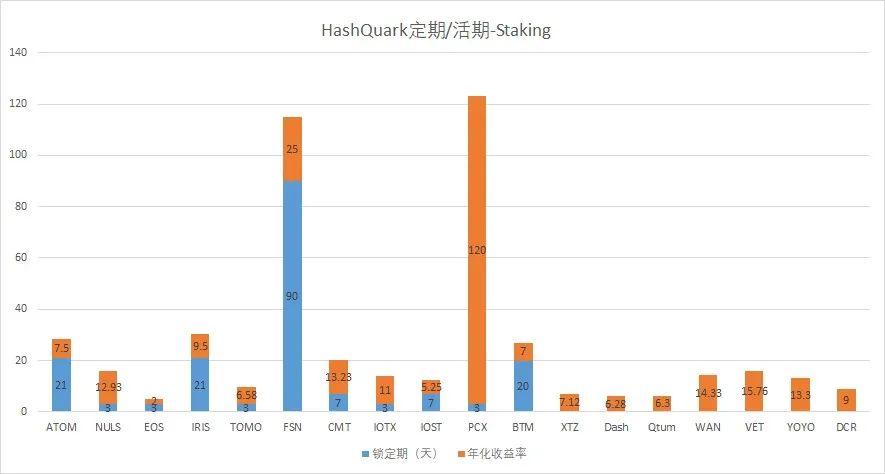
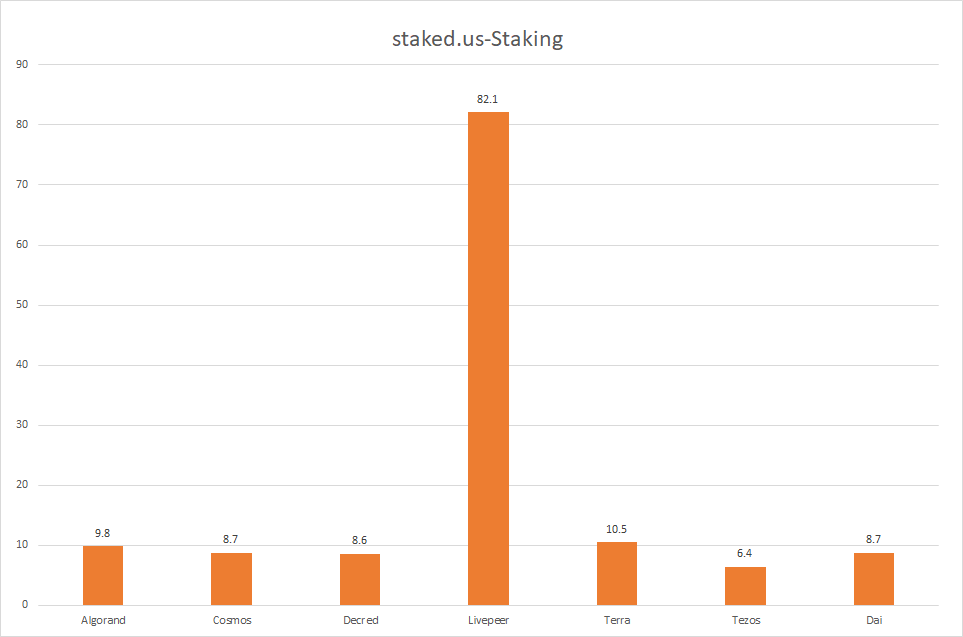
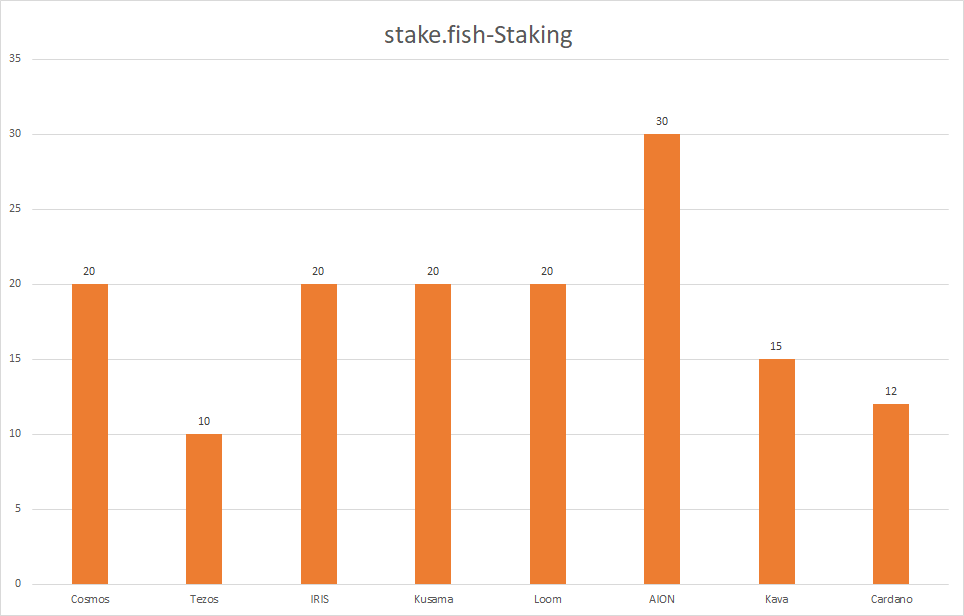
Second, leveraged borrowing
Most exchanges have opened leveraged trading, and users can enlarge assets by borrowing on the basis of existing assets to obtain excess returns.
At present, some mainstream exchanges, including Binance, OKEX, Gate and other exchanges, have launched financial products based on leveraged borrowing.
Different exchanges use different product forms. Binance is a regular + current period. OKEX only has a current period. Gate loan funds are carried out in the form of user pending orders. Users set interest rates to hang out, and borrowers obtain funds in the form of eating orders.
The source of leveraged borrowing income is the fees paid by borrowers.
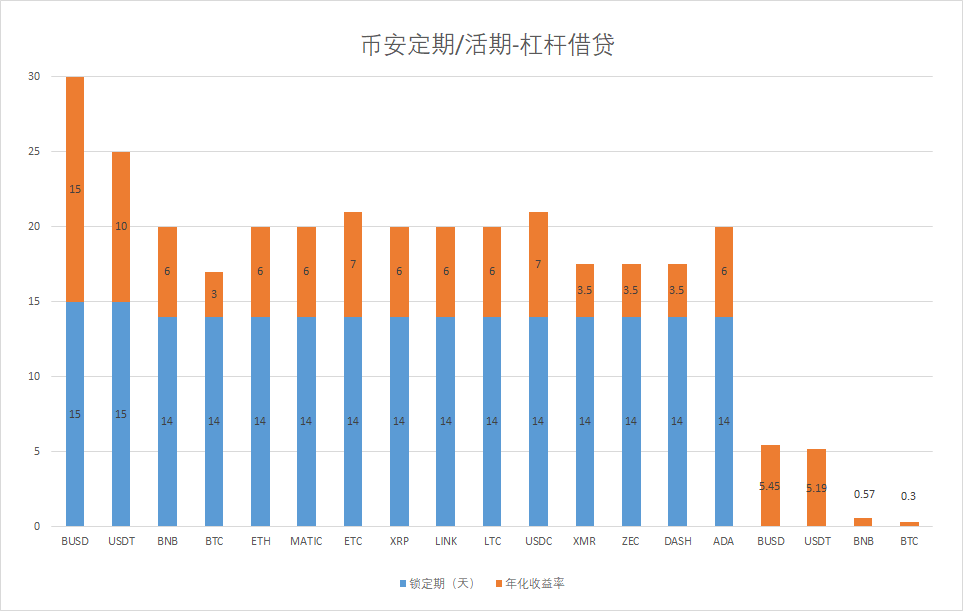
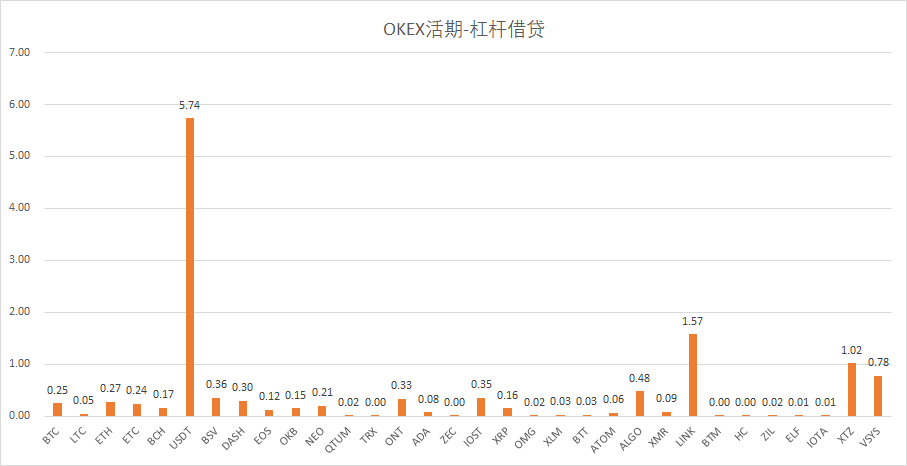
C2C lending
The point-to-point loan between users is also called C2C loan, which is represented by RenrenBit.
Borrowers can publish loan information according to the amount of their collateral. The term and interest rate are set by the user. RenrenBit's C2C loan can be used for both digital assets and fiat currency assets.
Gate's pending order matching loan is also a peer-to-peer loan, which is lent to individuals by individuals.
Some wallets have developed loan-based wealth management products based on their own lending services. For example, Hoo's regular and current wealth management products, some currencies are based on its own lending business.
The source of C2C loan income is the fees paid by borrowers.
The peer-to-peer lending rates and terms can be set by yourself. There are various types. RenrenBit only counts the rate of return. There is no term, please note.
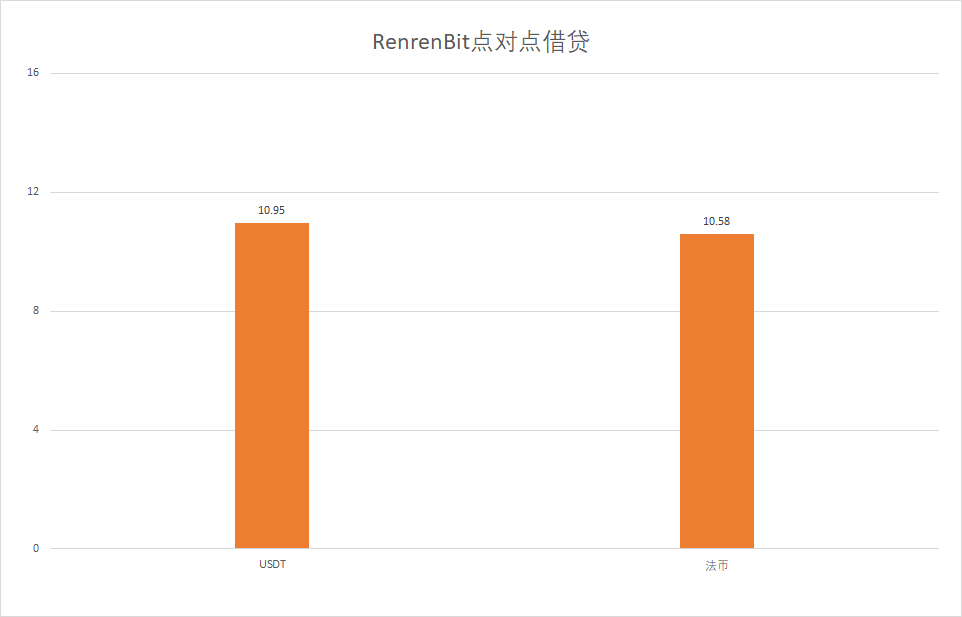

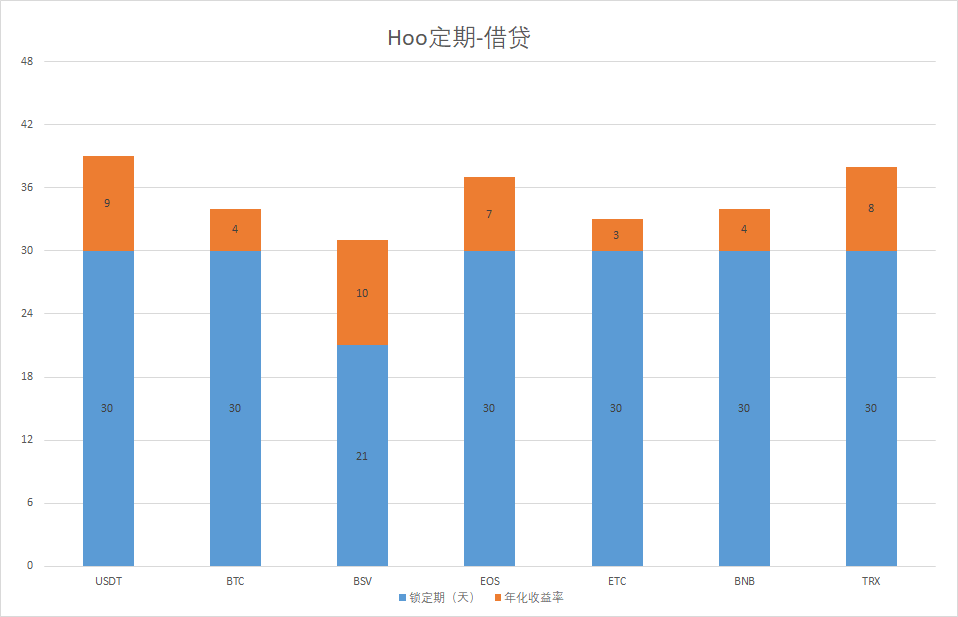
DeFi lending
DeFi is an abbreviation for open finance. At present, the main application directions are lending, decentralized exchanges, and stablecoins.
Through the DeFi application, users can lend their idle funds to earn income, such as the professional DeFi lending platform Compound.
In addition to financial management on professional lending platforms, many decentralized exchanges and derivatives trading platforms in DeFi also have financial management functions.
The decentralized exchange dYdX can both trade, manage wealth and borrow money; NUO also provides margin trading and loan services; by providing funds for the decentralized exchange Uniswap to ensure liquidity, it can also earn income.
Of course, the loan interest rate of many DeFi applications is affected by the Maker interest rate and will fluctuate accordingly.
The source of DeFi loan income is the handling fee paid by the borrower.
The return rates of the three financial management channels are all floating.
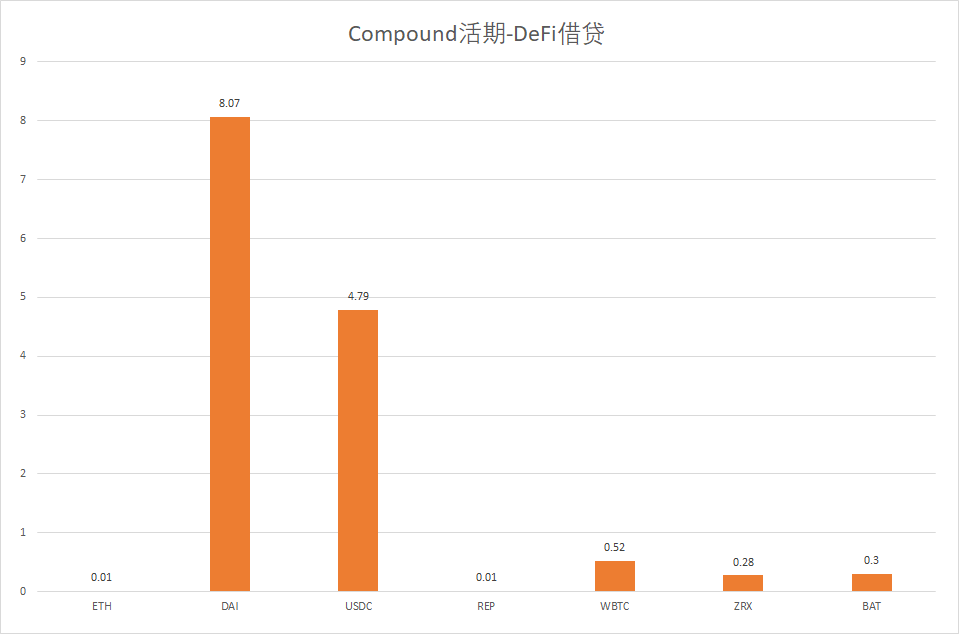
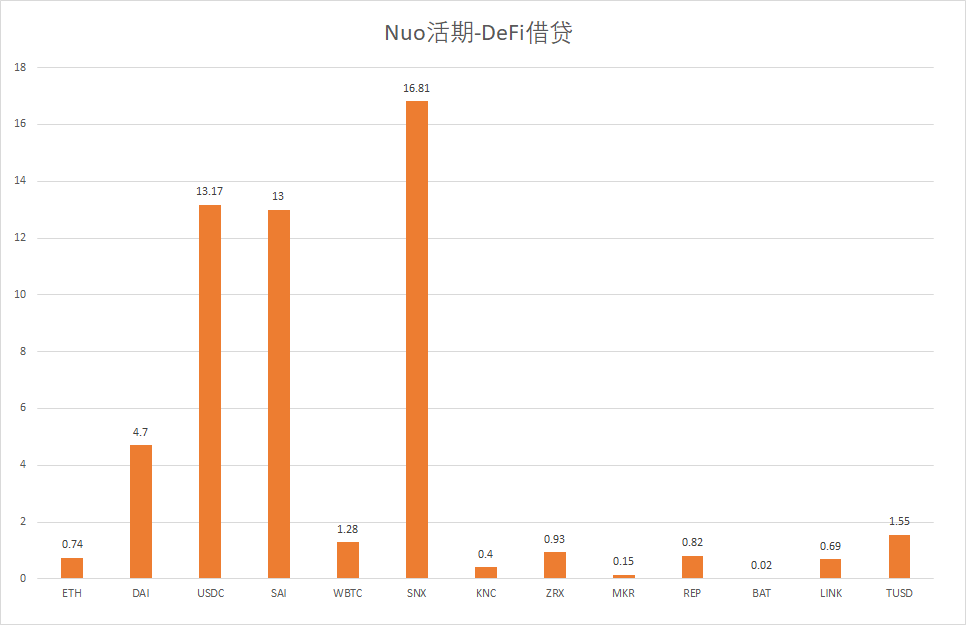
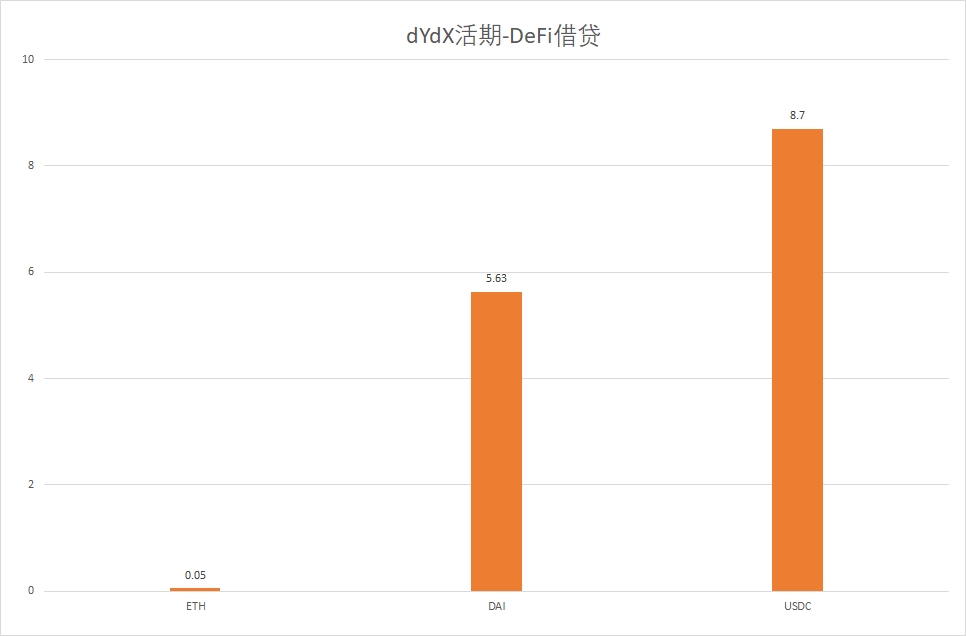
V. Quantitative Hedging
The risk of quantitative hedging is small, and it belongs to a relatively stable type of trading strategy in the digital currency industry. ability.
Therefore, for most ordinary users, such products are rarely directly accessible. So in general, the quantitative hedge fund team will cooperate with wallets and exchange platforms. Cobo, Kcash, etc. are all this model. There is also a fund platform such as BLOEX that separately establishes a website to provide financial products for users.
The Cobo product introduction page shows that most currency sources of income are first-line quantitative hedge funds, but the CKB introduction page does not indicate that the source of income is a quantitative hedge fund, which may be a financial product in cooperation with the project party.
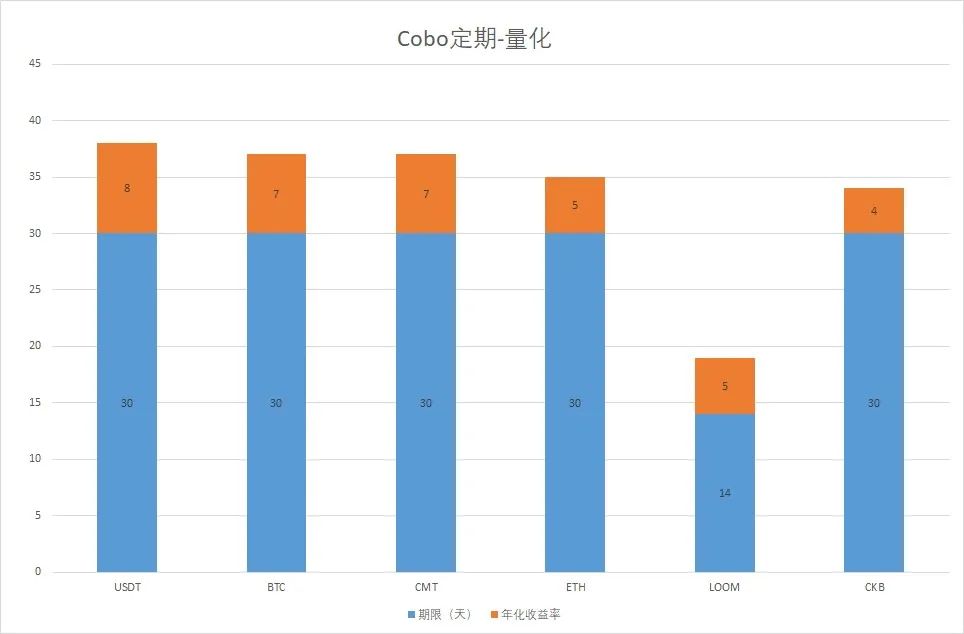

Six, dual currency wealth management
As the industry continues to mature, financial products in the traditional financial sector have gradually landed in the industry, such as options.
Options are financial products with high complexity and are not recommended for general users. Matrixport and Hoo created a simplified version of option products for sale under the name of “dual currency wealth management”.
Matrixport is the earliest option product found in China. Its packaged wealth management products have a high yield. However, as the market changes, it may sell coins at low prices and buy coins at high prices. It is recommended that you check the detailed documentation before buying.
Matrixport's "dual-currency wealth management" yield rate changes in real-time with the market. For example, when the price of BTC is close to 10,000 US dollars, wealth management products with a linked price of 10,000 US dollars will be removed.
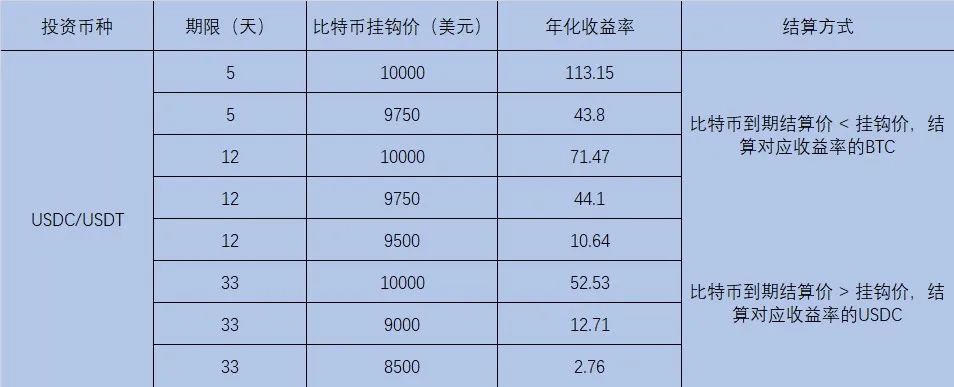
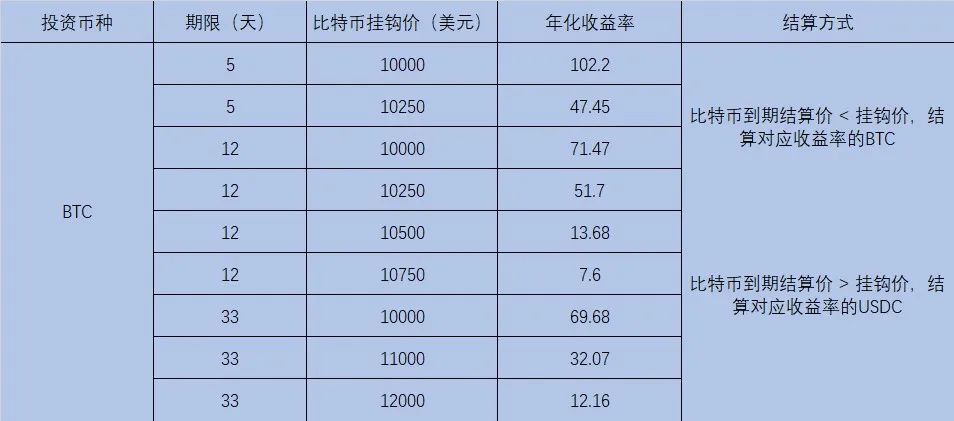
Summary
The exchange participates in the staking construction, takes part of the user's coins to participate in the node construction, and returns the revenue to the user. The user can not only enjoy sufficient liquidity, but also obtain a certain amount of revenue. It is a highly liquid model for users. .
However, Staking itself is a short-term income incentive for the project party to lock in token liquidity in exchange for long-term development space. If the project itself does not develop as expected, the tokens generated by Staking will eventually become the selling pressure of the secondary market, and the more incentives the selling pressure will become even worse, forming a vicious circle. For poor quality projects, Staking is a chronic poison.
Lending products are the mainstream of wealth management products. Exchanges, wallets, DeFi, etc. all pay more attention to lending business. Lending products can not only meet user liquidity needs, but also create profits for the platform and investors. At present, they are all over-collateralized models with controllable risks. Once the value of the collateral falls to a certain percentage, it will require supplementary collateral, or sell the collateral directly to close the position.
For the current industry, lending products are rare. The profit model is clear, the risk is controllable, and it can be used as a large-scale business model.
However, it faces the risk of centralization as a whole. Perhaps RenrenBit's 100% margin model can relieve some users' anxiety. DeFi uses open source to eliminate the risk of centralization, but DeFi is still in its early stages, and it is difficult to avoid risks such as code loopholes and hacking.
There are many quantitative hedging institutions in the market. Generally, they cooperate with wallets with a large amount of deposited funds. Cobo, Kcash, and Brock City are all the same. However, the quantitative operation is based on a centralized exchange, and the risk of centralization is also difficult to avoid.
It should be specially reminded that due to the large number of users' ignorance of quantification, there have been many scams in the industry, represented by PlusToken, in the name of quantified hedging, and the practice of illegal fundraising. You need to keep your eyes open and cautious. Invest and reject the temptation of high interest rates.
Options are not wealth management products, but some platforms have become wealth management products through simplified packaging. They are not easy to operate and are prone to loss risks, and they are also centralized.
Note:
The above yield data statistics are on February 23, the yield is the highest yield marked on the official website. If there are different income wealth management products with different periods in the same currency, the latest one shall prevail. It should be noted that most of the wealth management products Interest rates are not fixed and will fluctuate as demand changes.
The blue prism in the chart represents the lock-in period. There is no blue prism to indicate the current product. The orange prism represents the yield.
-END-
statement: This article is the author's independent opinion, does not represent the position of the blockchain research (public account) agency, nor does it constitute any investment opinions or suggestions , picture source network .
We will continue to update Blocking; if you have any questions or suggestions, please contact us!
Was this article helpful?
93 out of 132 found this helpful
Related articles
- Bitcoin's Secret History: How did Satoshi Nakamoto hide his identity on the Internet?
- What are the developments of Libra during the epidemic that deserve attention?
- Only 24 hours are left to register for the Wanxiang Blockchain Charity Hackathon!
- CITIC Construction Investment Securities: Bitcoin and "Blockchain + Gold" Possibility
- What if I don't want to sell coins? Finnish government forced to become hodler stumped by 1666 bitcoins
- Legal Watch | Blockchain Governance: Embracing the Chain of Law and Strictly Controlling the Risk of Coins
- It took two years! Mysterious miner rolls away 9,000 BCHs misplaced in Segregated Witness address




